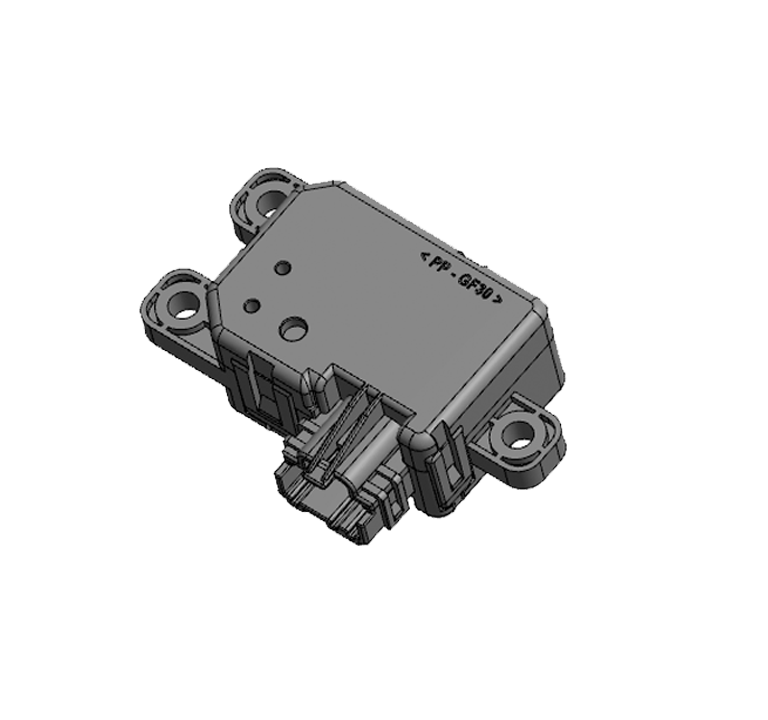Who knows the natural ventilation principle of the vent actuator roof natural ventilator?
With the development of economy, roof natural ventilators are more and more widely used in steel structure buildings, and gradually become standard ventilation equipment. Different customers have different requirements for roof natural ventilators, but their working principles are the same. Technicians need to scientifically design ventilators according to local climatic conditions, building conditions and other factors.
The working principle of the roof natural ventilator is as follows:
The most basic power of roof natural ventilator is wind pressure and heat pressure.
The wind tunnel test of the roof ventilator shows that when the wind blows towards the building, the building has a blocking effect on the wind, which generates positive pressure on the windward side and negative pressure on all sides and back of the building. The wind pressure ventilation of the roof natural ventilator is to use the pressure difference between the windward side and the leeward side of the building to achieve air circulation. Pressure difference is a key factor affecting ventilation. The magnitude of the pressure difference is related to the shape of the building, the surrounding environment of the building, and the angle between the building and the wind direction. In addition, the pressure of the air flowing through the roof ventilator decreases as its velocity increases, thus creating a low pressure zone. According to this principle of the roof natural ventilator, when designing the roof natural ventilator, pay attention to the installation position of the ventilator.
Another principle of the roof natural ventilator is to use the thermal pressure difference of the air inside the building - the so-called "chimney effect" to achieve the natural ventilation of the building. Taking advantage of the principle of hot air rising, exhaust vents are arranged on the upper part of the building to discharge dirty hot air from the room, and fresh outdoor air is sucked in from the vents around the building. The hot-pressing effect is related to the height difference between the air inlet and the air outlet and the temperature difference between indoor and outdoor. In architectural design, roof ventilators can utilize vertical cavities running through multiple layers inside the building. In summer, the valve plate can be opened like a large skylight. In this way, the cool air cooled by the roof ventilator can be blown inwards, while the warm indoor air is exhausted by the roof ventilator. In addition, the roof ventilator also has an on-off system to adjust the room temperature.
The vast area of my country is a temperate zone, and the temperature in spring and autumn is very suitable for natural ventilation. In the design of roof ventilators, good conditions should be created for the natural ventilation of the building itself, rather than blindly promoting all artificial ventilation technologies. It not only consumes a lot of energy, but also damages the health of the human body! Chinese traditional dwellings have created a variety of natural ventilation methods according to local conditions and combined with different climates.
In the ventilation design of industrial workshops, the natural ventilation methods and technologies adopted by traditional dwellings according to local conditions can also be used for reference, and innovatively applied to the ventilation technology of industrial workshops.
Sichuan Microway Technology Co., Ltd. focuses on the roof natural ventilator industry, focusing on technological innovation, actively carrying out industry-university-research cooperation with Xi'an Jiaotong University, Shanghai Tongji University and other universities, and independently developed a full-structure waterproof and parallel air duct type natural ventilator. Leading the natural ventilator industry. Using the working principle of roof natural ventilator to innovate ventilator products is a long-term work. Sichuan McWee looks forward to working together with the majority of peers to promote the development of the ventilator industry.


